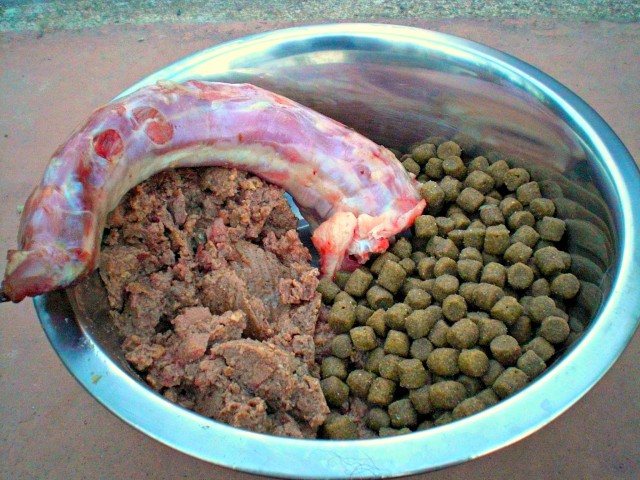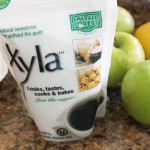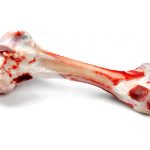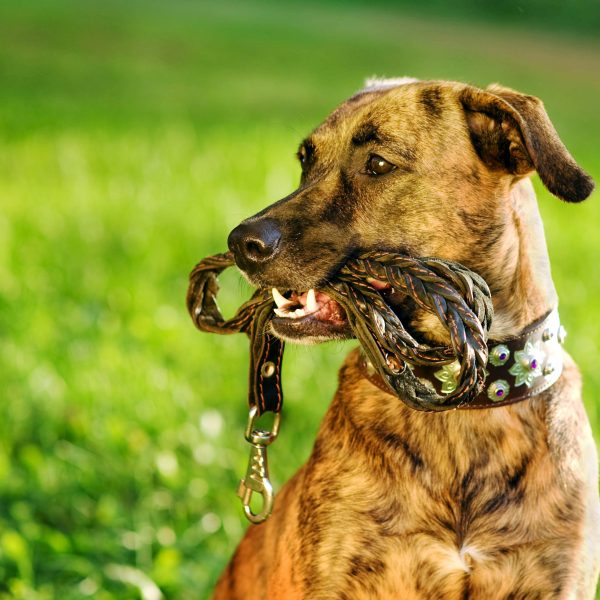In today’s ever-changing world, it is extremely important to be aware of what is included in your dog’s diet. That means reading and understanding the ingredient panel on the bag of pet food that you are feeding…just as you would hopefully read and understand a nutritional label on the back of any package of food that you buy for yourself and your family.
It’s shocking to know that for more than 100 years, the general public has been sold pet food made from rejected human waste products. The tide has turned now because more and more consumers are anxious to feed a wholesome and nutritious diet to their pets. They realize that if they use poor fuel to generate energy…it will produce overall poor health and performance in the animal. A more logical approach is to find products that are biologically superior and appropriate for the species.
Look carefully – The ingredients listed
may not be as nutritious as they imply.
It is quite simple to outline the four basic components of a guaranteed analysis and point out the correct ways to compare the advantages. Let’s discuss the basics:
Protein- The most important ingredient
Protein should be the top ingredient in any dog food. But the kind of protein matters as much as the amount. Good protein comes from meat ingredients, but not just any meat ingredient. This ingredient is very important…because if you alter the protein physical structure with heat (as they do when manufacturing kibbles) you reduce the ingredients’ nutrient utilization in the body. On top of this, you destroy the live enzyme content in the food.
Proteins are the body’s building blocks for growth and cellular repair. Studies have been performed which prove that dogs raised on a natural, raw uncooked diet versus a control group of dogs raised on a cooked, processed diet did not age as fast and showed no degenerative disease symptoms and remained healthy. This particular study was done in Stockholm, Sweden and they were able to show that dogs fed a homemade raw diet, consisting of high quality protein foods from their owner’s meals versus dogs fed an industrial, commercial pet food diet, had a life expectancy of 32 months longer- that’s almost 3 years! Quality protein comes from animal origin not plant based human rejected material.
First of all not all fat is bad. Dogs need fat to be healthy. Instead of using carbohydrates for energy, a dog primarily uses fats.
The fats are what provide most of the essential fatty acids, also called omegas. However not all fats are created equal. It is wise to choose a fat content from both animal and plant origin. It is best to avoid inferior fats like lard, tallow, or cottonseed oil. Despite the health advantages of olive oil for humans it is not a good choice for dogs because it contains very low levels of omega-3 and omega -6 fatty acids.
Moisture
This ingredient is an extremely important component of the diet. A diet that has only 10% moisture (like most kibbles), will eventually lead your pet to a state of constant dehydration. You may think that’s okay since you always have a nice big bowl of water out for you pet. However, water obtained from external sources has far less utilization in the body, making moisture, as a component of the diet so very important. Raw meat diets, will have approximately 70% moisture and feeding this food will completely hydrate the animal’s body. As such, you will eliminate a lot of the urinary problems such as crystal formation in the kidneys and bladder.
Fiber
Fiber is nature’s “colon broom”. Without proper fiber, material in the bowel stops flowing. A proper raw food diet will contain adequate fiber to facilitate the elimination of the stool.
Where Are The Carbs?
Now here is the take-a-way point of this article. Most guaranteed analysis labels curiously or conveniently omit the content of carbohydrates in the diet. They simply don’t want you to know how many carbs are in the diet…especially since they have no way of reducing this level because of the ingredients used in the manufacture of the diet.
Isn’t it important to be able to easily identify the amount of carbs in the diet you are feeding? Here is a really easy way to calculate the amount in the formula:
Here’s An Easy Way to Calculate the Carbs
From the guaranteed analysis, which by law has to be cited on the label, add up the % of protein, fat, moisture, and fiber and subtract this figure from 100. That is the amount of carbohydrates in the formula.
Most store-bought dry kibble formulas will have around 50% carbohydrates. Is there any wonder why over 40% of our dog populations are considered obese? Can we assume the same reason for the weight concerns for the human population?
Here is a comparison chart using a popular brand of Iams Adult formula versus most raw diet recipes you buy in the store:
| IAMS ADULT FORMULA Protein 25% Crude Fat 14% Moisture 10% Fiber 04% Total 53% 100 – 53% = 47% carbohydrates |
Raw CHICKEN Diet Protein 12% Crude Fat 8% Moisture 72% Fiber 5% Total 97% 100 – 97% = 3% carbohydrate |
Dogs are omnivores and can eat almost anything. That doesn’t mean they need to eat almost anything. Dogs have NO “nutritional requirement” for carbohydrates, even though many dogs are able to use the grains and other carbs in their diet. The only way you can have your dog eat at a 3% carbohydrate level is to feed them a natural raw meat diet.
Bottom Line
Avoid dog foods that use cheap filler carbohydrates like wheat, soy flour, and millruns or middlings, which are left overs from the milling process.
Source:
Robert Mueller, BSc, Pharm. is a registered pharmacist, author of “Living Enzymes: The World’s Best Kept Pet Food Secret”,











